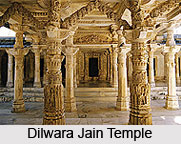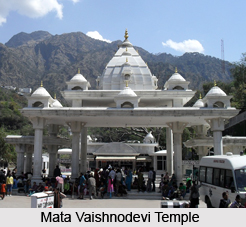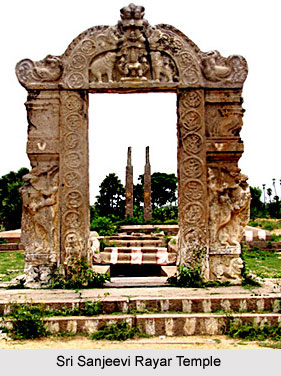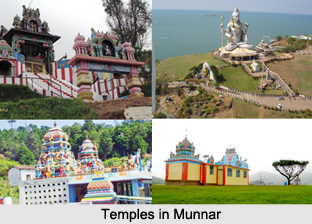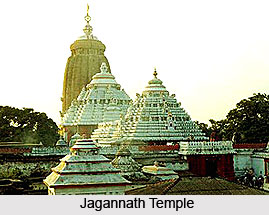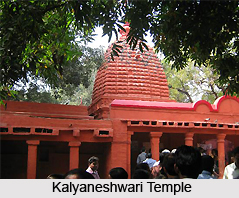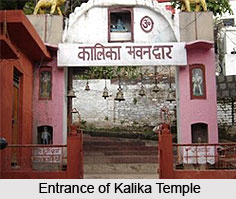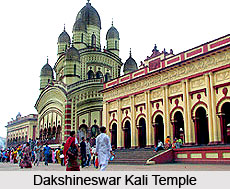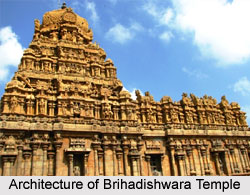The Negheriting Shiva Doul, an ancient Shaivite temple reciting the fascinating tales of its presiding deity Lord Shiva, is located in Dergaon in the Indian state of Assam. The pilgrimage centre situated atop a hillock is at a distance of almost one and half kms away on the northern side from the National Highway 37 in the Golaghat district.
History of Negheriting Shiva Doul
As per the historical records Negheriting Shiva Doul was first built by the Kacharis in the 8th - 9th century A.D. However, the natural calamities caused much destruction to the temple. Thus, in 1687 it was re-built by Swargadeo Rajeswar Singha, the Ahom king. The construction duty was relegated to the famous architect Ghanashyam Khonikar. It is said that the stones employed for building the temple was gathered from banks of the Dihing River. The temple remains were discovered from the Gajapanemara forest. Later during 1439-1488 another Ahom king Susenphaa built the shrine on the former construction and installed the Shivalingam there. However, when Dihing River changed its course the temple was again destroyed. Much later an ardent devotee of Lord Shiva discovered the ruins of the temple and the Shivalingam submerged in the shallow waters of the river. The place is currently referred to as Sheetal Negheri. The Ahom king Rajeswar Singha (1751-1769) then finally recovered the lingam from the river and reconstructed the present temple re-established the lingam.
Architecture of Negheriting Shiva Doul
Negheriting Shiva Doul is enclosed on its sides by other four temples dedicated to Lord Vishnu, Lord Ganesha, Lord Surya and Goddess Durga. The main temple houses a Banalinga measuring 3 feet in diameter. As per a legend a sage by the name Urba wished to establish a second Kashi at this location. Hence he collected several Shivalingas and established them here.
It is said that the location where the temple is situated earlier served as the habitat of a unique bird known as Negheri. It is from this name that the place came to be known as Negheriting.
Earlier king Rajeswar Singha had appointed a priest named Bhudhar Agamacharji for the maintenance and protection of the temple and to carry out the daily rituals of the temple. Even today the maintenance and worship of the temple is undertaken by the members of the Agamacharji family. Earlier the ritual of execution of dances and songs known as Deonati were prominent in the temple.












